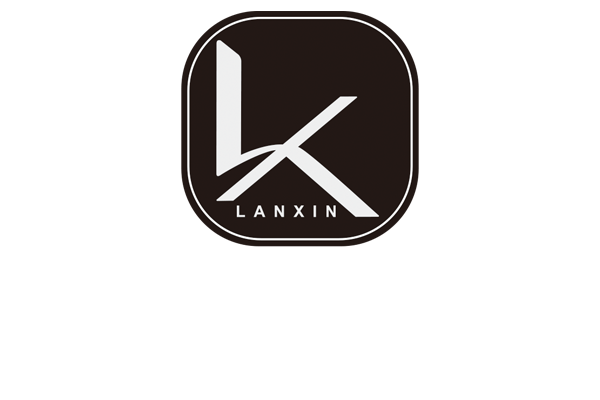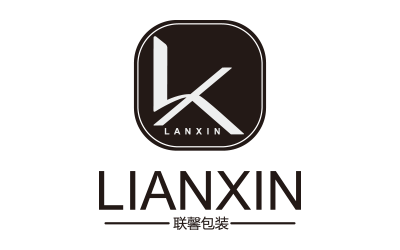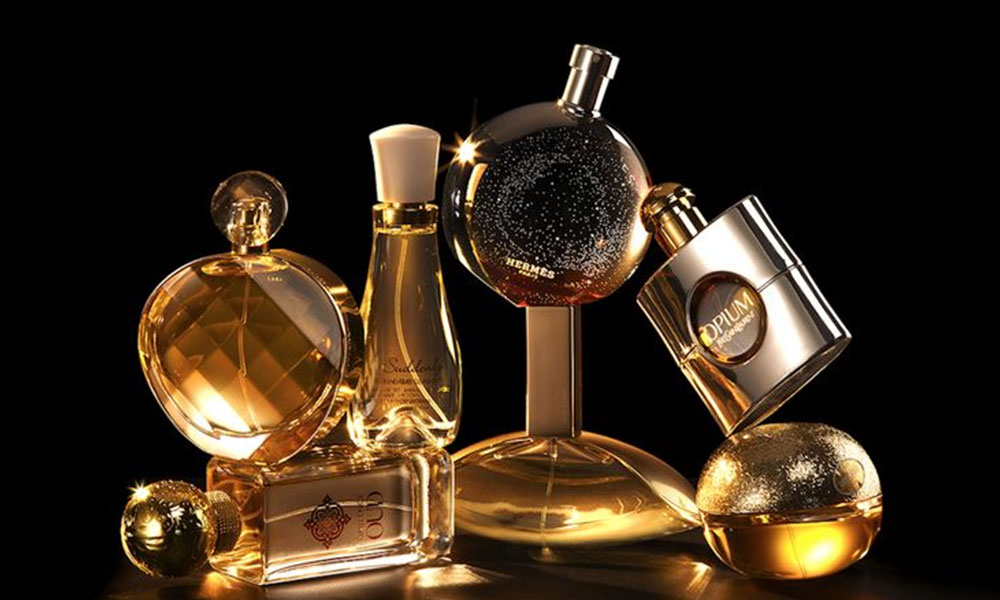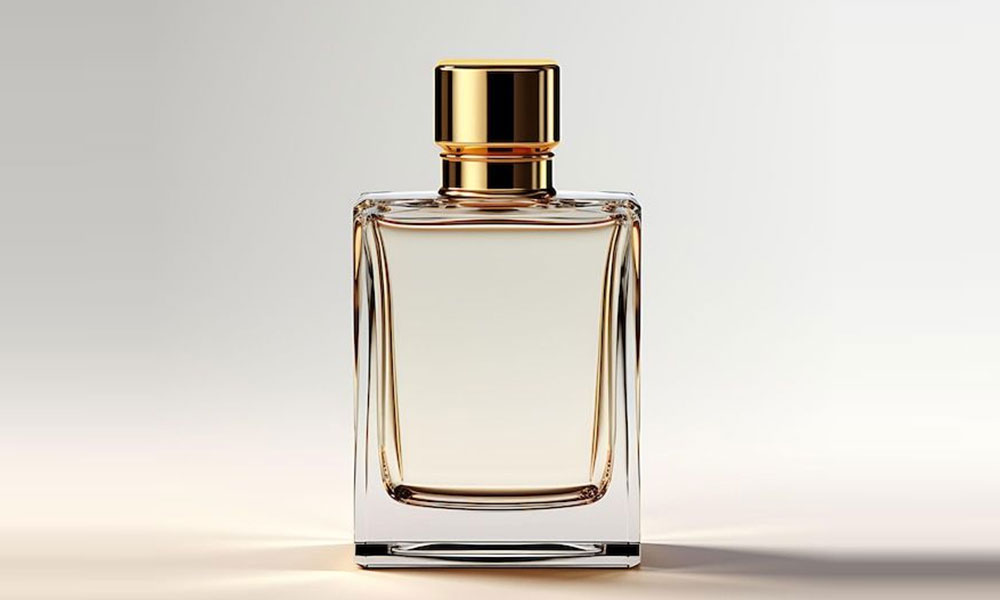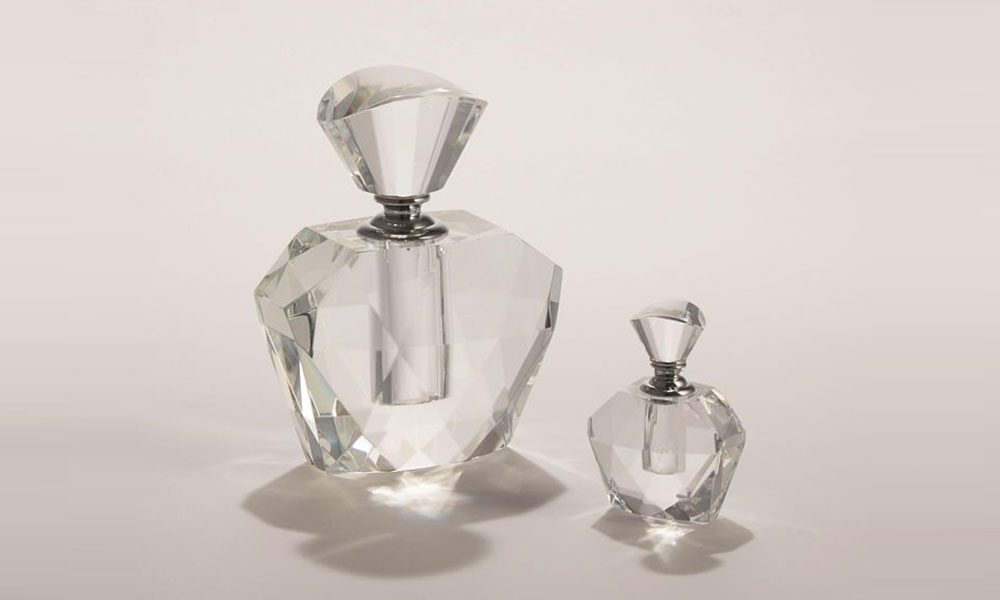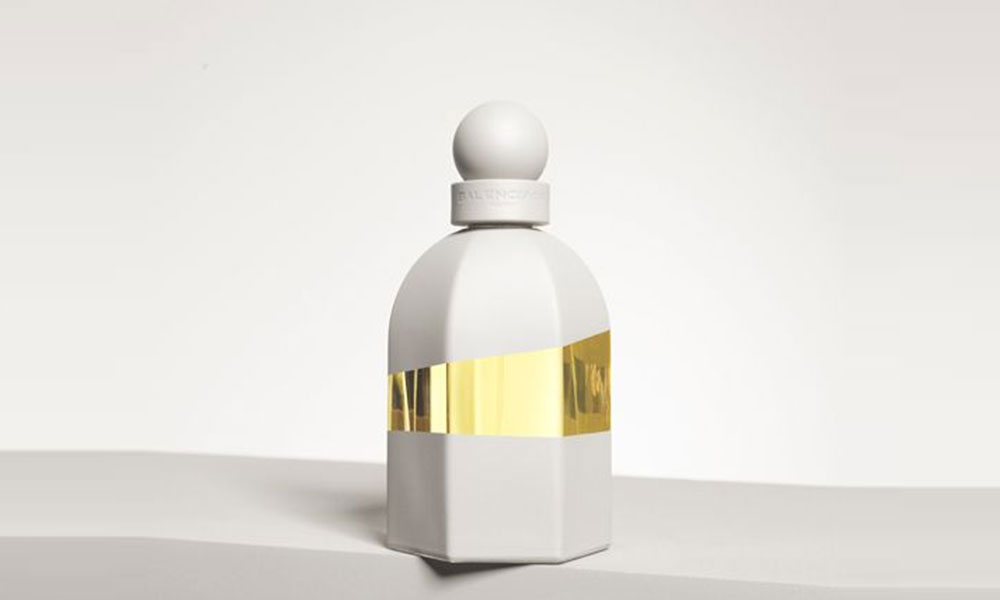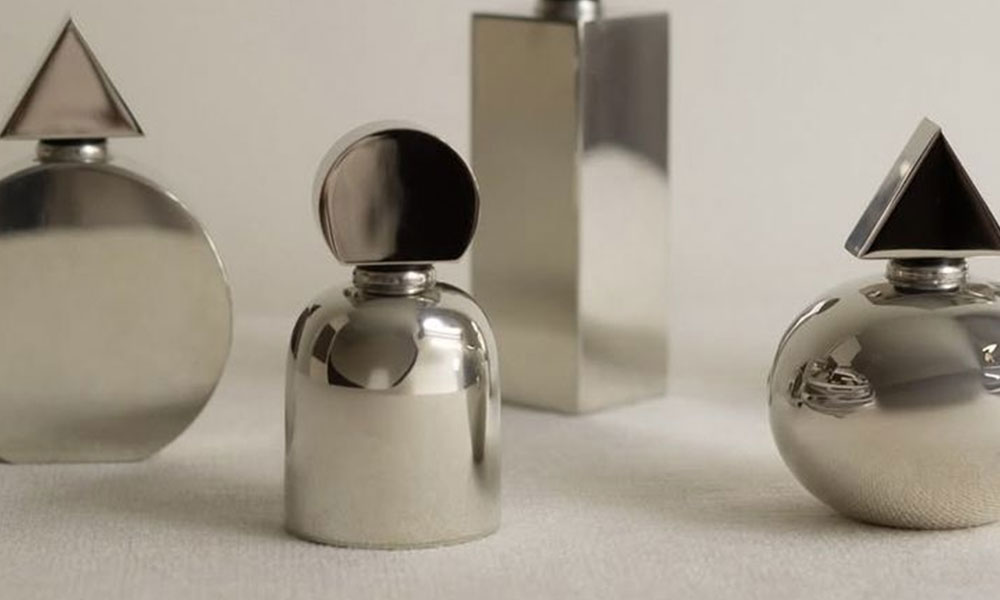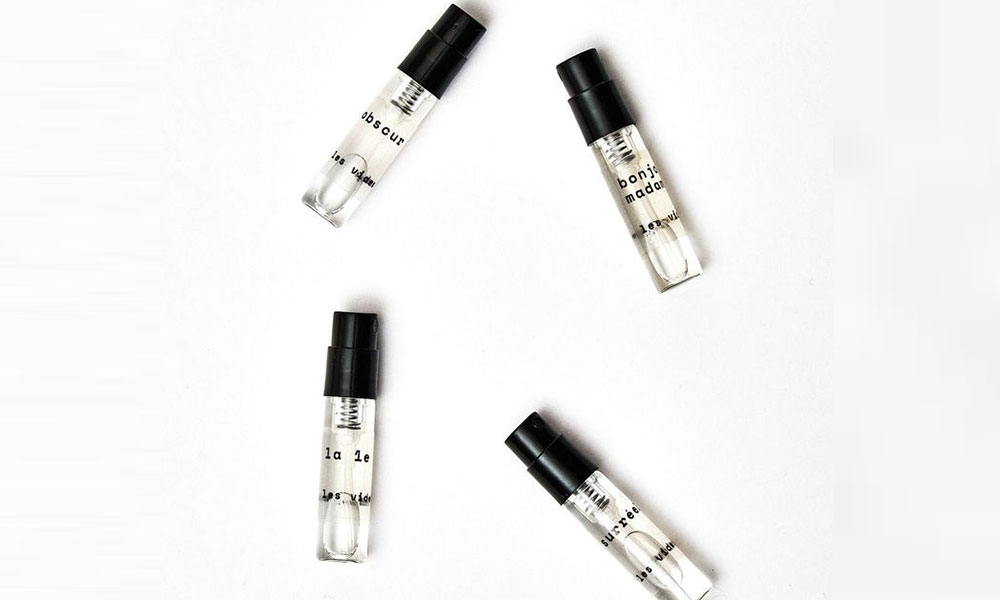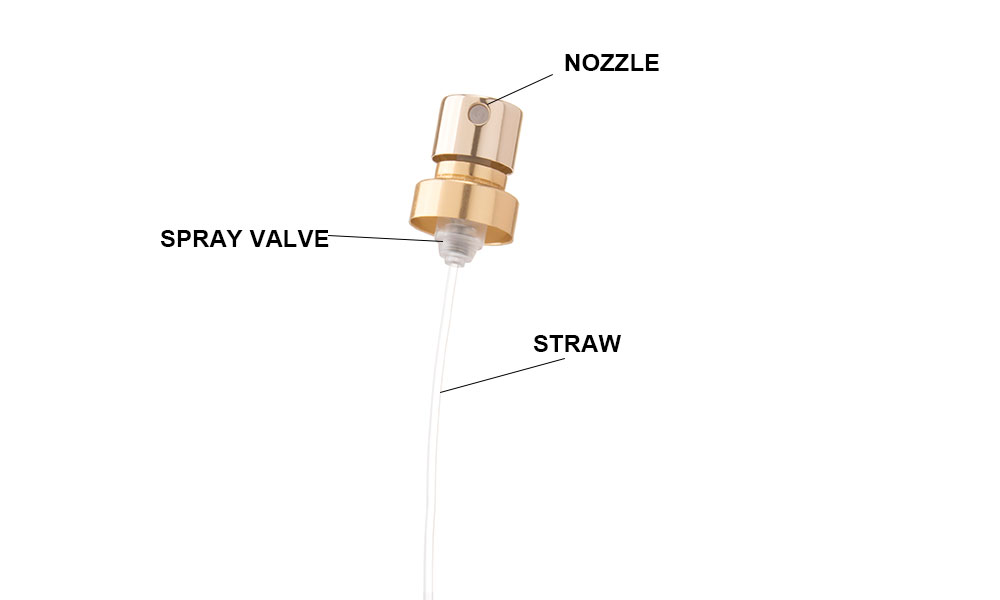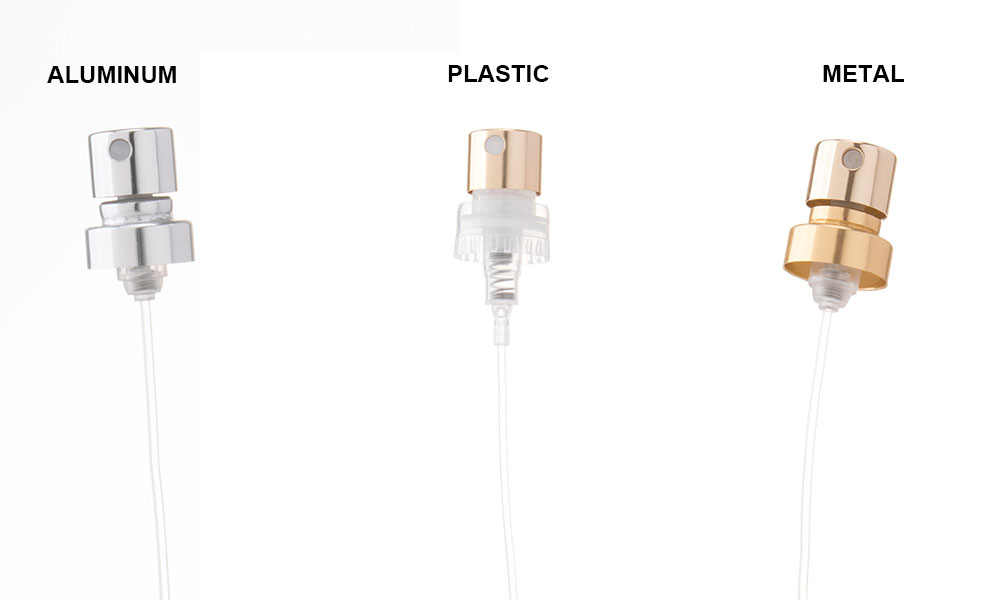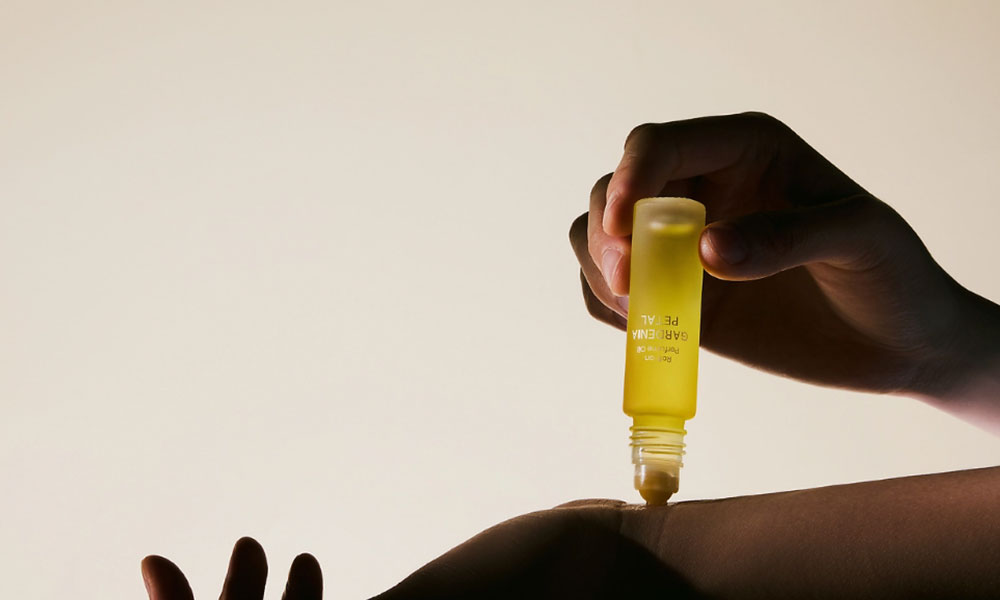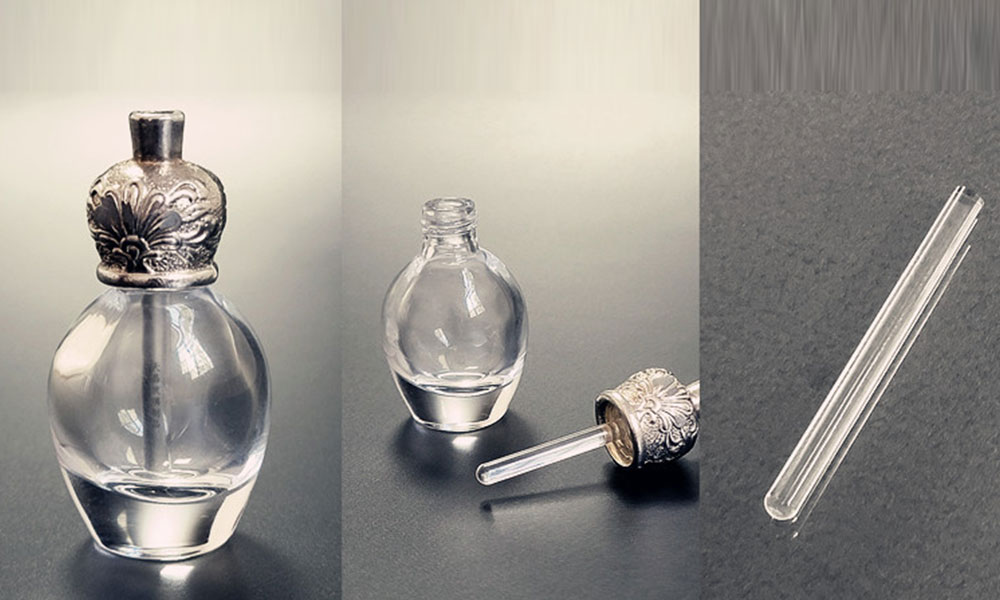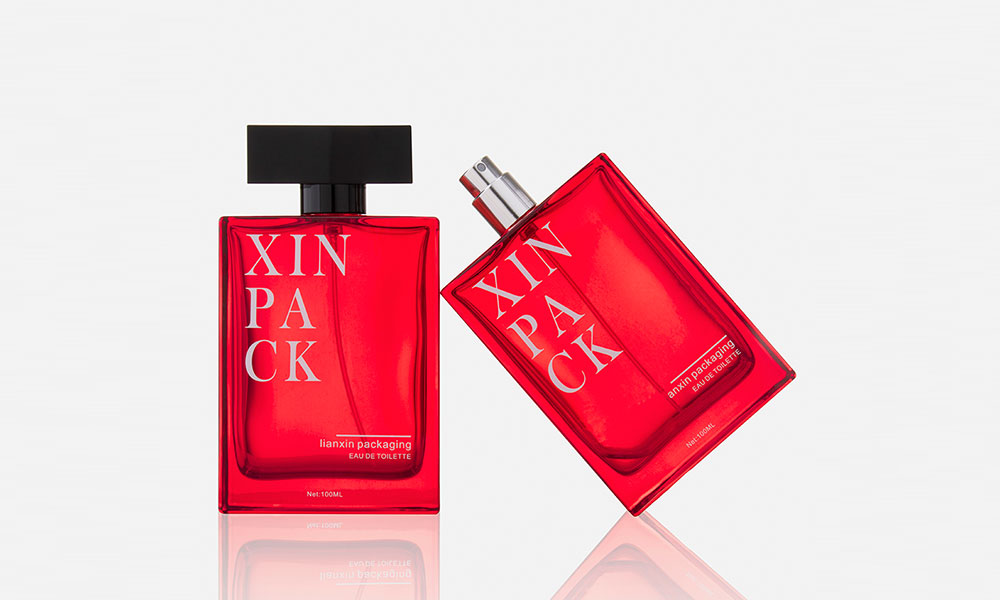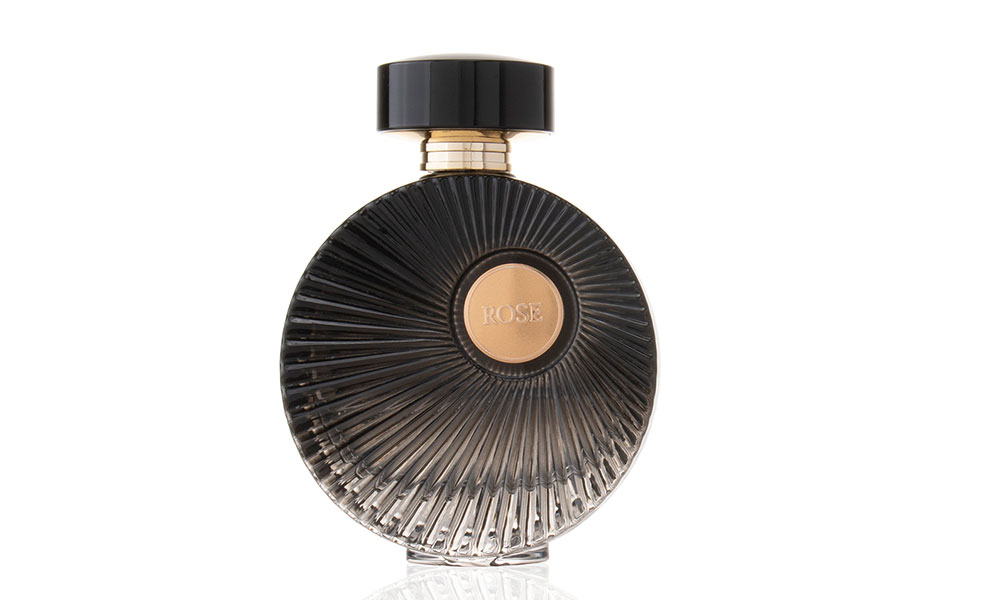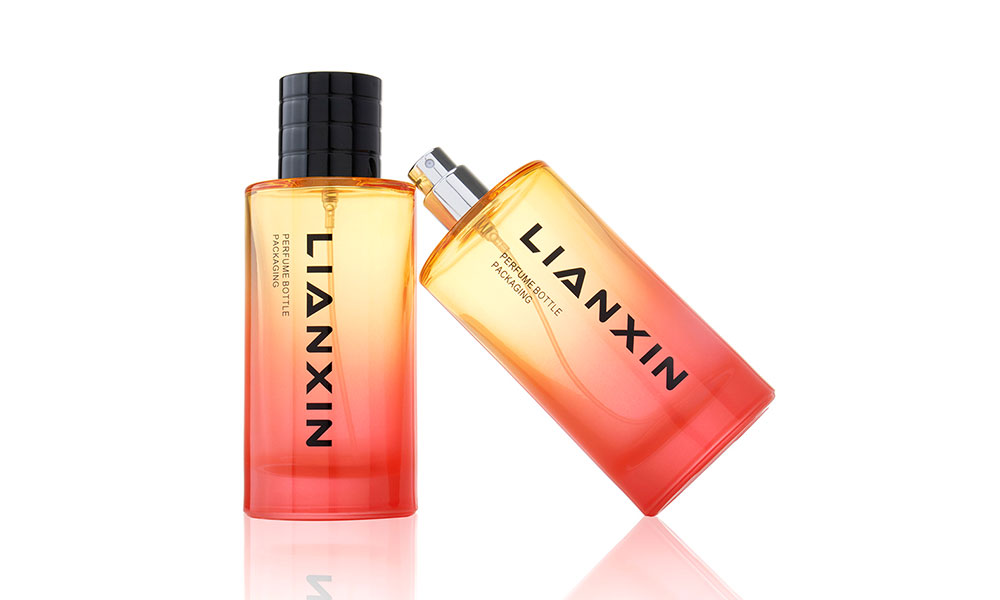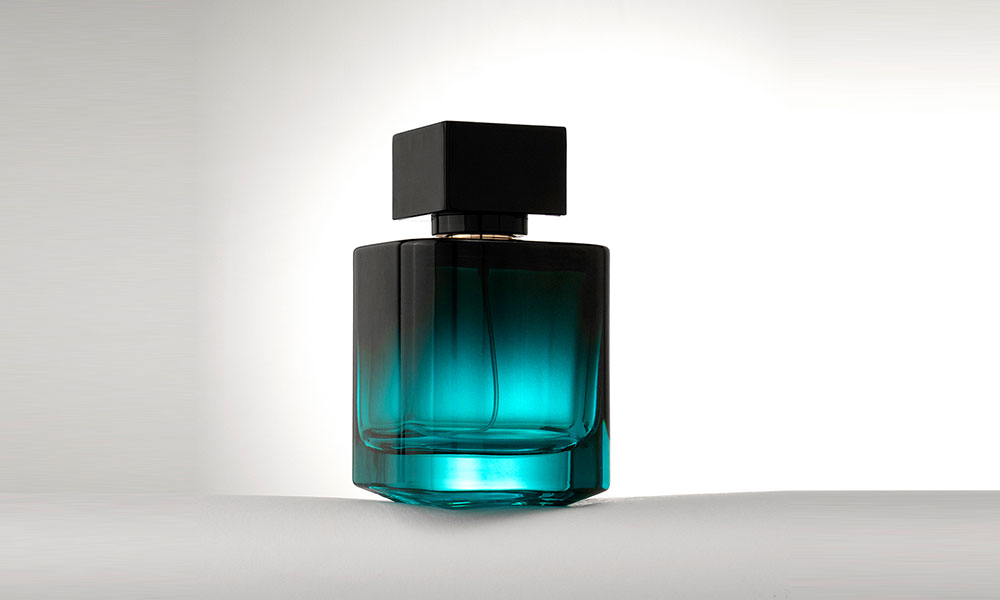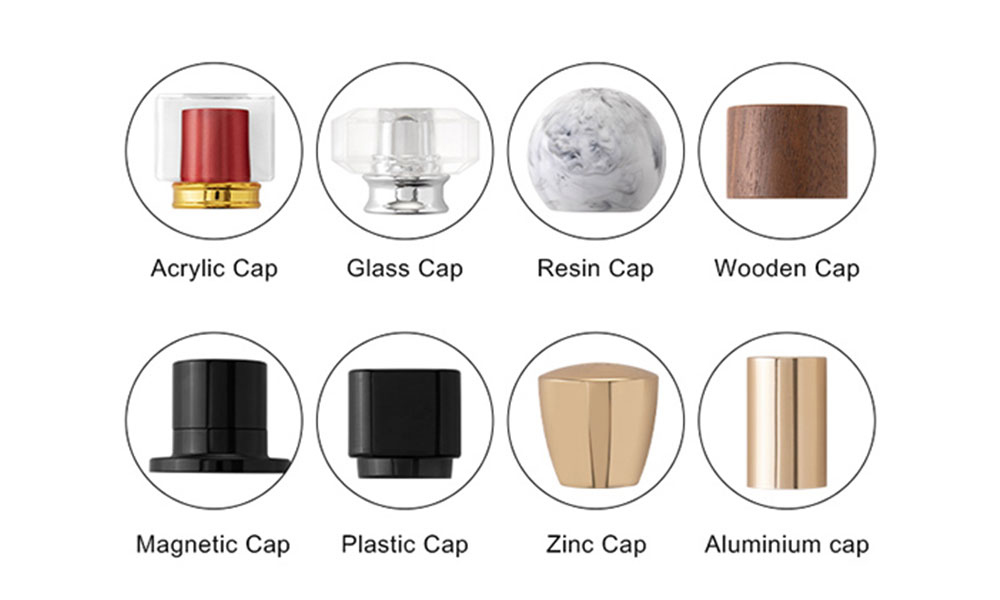Learn About the Different Types of Perfume Bottles
When creating a perfume series, high-quality perfume and perfume bottles are key elements. They are not only related to product quality, but also a direct reflection of the brand image. And choosing the right perfume bottle is an important part of the perfume business that is full of fun and challenges.
Perfume bottles are rich in materials, spray mechanisms, caps and designs, and every detail silently tells the unique temperament of the perfume in the bottle. In terms of material, glass is the most common choice, and it has become a timeless design darling with its classic and elegant characteristics.
In addition to the material, different spray mechanisms will also affect the user experience, and the varied shape design can fit different styles and aesthetic preferences. Whether you are a perfume practitioner or a consumer, a deep understanding of the diversity of perfume bottles, can help you make more informed decisions when developing or purchasing products. Why not start a journey of exploration to find a perfume bottle that perfectly matches your taste?
Perfume Bottles of Different Materials
Glass Materials
Glass materials are mainly divided into two types: ordinary glass (soda-lime glass) and crystal glass (crystalline glass).
Ordinary Glass
Ordinary glass has a low cost, stable chemical properties, and is not easy to react with perfume ingredients. From the appearance point of view, glass has transparent or translucent characteristics, which can show the color of perfume liquid. In terms of process performance, glass has strong plasticity and can be made into various complex and exquisite shapes; the appearance can also be changed through spraying, coating and other process methods. In addition, ordinary glass is also highly recyclable.
Crystal Material
Crystal glass has a higher refractive index, density and glossiness, and is an ideal material for the aesthetic art creation of perfume packaging. This material is particularly suitable for complex and delicate processing such as diamond cutting and faceting, thus forming a polyhedron structure. Due to its high refractive index, light can be refracted when passing through it, presenting a dazzling light like a diamond. As a symbol of luxury and artistry, crystal glass is relatively expensive. It is currently used in the packaging design of high-end, limited edition and collector’s edition perfumes, adding a unique texture and collection value to the product.
Ceramic
This material has a warm and heavy texture and is usually opaque, providing effective light protection for perfumes. The surface can be processed with rich painting, glaze firing and other processes, and has a strong sense of art. It is often used in the packaging of limited edition and special edition perfumes, or some fragrance brands that focus on unique positioning and artistic style.
Metal
The types of metal materials used in perfume bottle design include aluminum, stainless steel, gold/silver plating, and tin alloys. However, these metal materials are rarely used directly in the main structure of the bottle, but are more often used in the production of perfume bottle caps, or as decorative elements on the surface of glass bottles. Through embossing, engraving and other processing techniques, metal materials can add a luxurious texture to perfume bottles, and enhance the product’s appearance value.
Plastics
Modern innovative plastics and synthetic materials bring new possibilities to perfume bottle design:
Plastics such as Bakelite were used in the early 20th century, but now more advanced synthetic materials such as acrylic and polycarbonate are both durable and versatile. Plastics can be made in a variety of colors and shapes, suitable for creative designs, and are lighter and more shatter-resistant than glass/crystal. It is important to note that certain plastics may penetrate or react with fragrance ingredients.
Perfume Bottle Dispensing Mechanism
There are different types of perfume bottle dispensing mechanisms, and the use effect of each design is different. Understanding these dispensing mechanisms, can help you choose the appropriate dispensing mechanism for the perfume more accurately, and improve the user experience.
Spray and Atomizer
Spray bottles and atomizers are the most popular perfume dispensing mechanism choices, which can achieve uniform and quantitative perfume application. This type of design relies on the mechanical structure of the pump head. By pressing the negative pressure principle, the perfume is converted into a fine mist spray, which ensures accurate dosage and evenly diffuses the fragrance.
Structural Composition
Nozzle: When pressed, the piston moves to form negative pressure.
Straw: Connects to the perfume in the bottle and sucks the liquid into the pump head under negative pressure.
Spray Valve: Atomizes the perfume under high pressure and sprays fine mist liquid through the nozzle.
Sprayer Material
Plastic: light weight, low cost, no need for professional machine sealing.
Aluminum: strong corrosion resistance, light weight, metallic luster, requires professional machine assisted sealing.
Metal: has a certain sense of weight, luxurious texture, and is more expensive.
Rollerball
The rollerball design provides a convenient way to apply perfume. The release of perfume is controlled by rolling a metal or glass rollerball. It is usually made into a small and convenient container. When using it, just roll the rollerball gently on a small area such as behind the ear or wrist to accurately apply it.
Roller Bottle Structure
A rolling ball is embedded in the bottle mouth, usually made of stainless steel, glass or ceramic.
Features: compact and easy to carry, suitable for travel and daily use.
Glass Rod
The glass surface has zero pores, which is suitable for Parfum with a concentration of more than 30%. By dipping the perfume with a glass rod, zero waste can be achieved.
The Shape of Perfume Bottles
The shapes of perfume bottles are rich and varied, and each shape has its own unique charm. The shape of the bottle is not only a visual focus, but also a carrier for conveying brand concepts. Through the design of lines, curves and structures, it echoes the fragrance characteristics and brand tone of the perfume.
Special Patterns or Shapes
The design of this type of perfume bottle is very artistic, often presented in concrete forms or abstract art designs such as objects, people, animals, and flowers. It is not only a packaging container for perfume, but also a collection with collection value. The unique aesthetics of the shape enhances the product’s ornamental value and collection attributes.
Popular and Common Shapes
Rectangular
The rectangular perfume bottle is favored by many brands for its simple and modern design, and is a popular choice in contemporary perfume collections. The regular lines and sharp edges make it stand out. You can also incorporate details such as carvings and unique logos to enhance scarcity and appeal.
Round Shape
Round perfume bottles are a timeless classic. Their shape always evokes elegance and an endless visual rhythm, and are often used in traditional or luxury fragrance designs. The charm of the circle is far more than just aesthetics. Its endless outline symbolizes perfection, and its shape contains the philosophical meaning of harmony and coexistence, making each fragrance with a round shape a work of art that combines visual beauty with spiritual connotations.
Cylindrical
The cylindrical perfume bottle interprets elegant aesthetics in a minimalist form, with a clean outline without unnecessary lines and complex curves, giving people a sense of simplicity, elegance and grandeur. Its geometric structure not only allows efficient utilization of the internal space, but also demonstrates practical advantages in packaging and transportation: the regular cylindrical shape is easy to stack and store, which can greatly reduce logistics losses.
From the perspective of process adaptability, the characteristics of the cylinder as a developable surface are particularly prominent: whether it is the basic process of flatly pasting labels, or advanced decorative techniques such as screen printing, hot stamping and silver stamping, all can be achieved, allowing design creativity and functional practicality to achieve a subtle unity.
Square
Square perfume bottles balance classic and modern design styles. Compared with rectangular bottles, their lines are just as simple and sharp, but the edges are softer and more rounded. This type of bottle is often used in the packaging design of new perfumes. With the minimalist characteristics of the square structure, it leaves plenty of creative space for various decorative elements.
Perfume Bottle Cap
The perfume bottle cap is not just a sealing accessory, but also a key element to shape the unique style of the perfume bottle and improve the overall shape. Its importance is no less than the bottle design itself. Different materials and shapes will affect the texture and feel of the perfume bottle.
Metal Cap
Zinc alloy, stainless steel, aluminum and other materials are often used in high-end perfumes, with a sense of luxury and high decorativeness.
Plastic Cap
PP, ABS, PETG, acrylic and other materials, with various shapes, anti-fall and wear-resistant.
Glass lid
It has a strong sense of transparency and is usually designed as an integral part of the glass bottle body. It has good sealing properties but is fragile.
Wooden Cover
Usually a double-layer structure, wooden cover + plastic inner cover, natural texture, biodegradable and renewable.
Stone Cover
It is also a double-layer structure, stone cover + plastic inner cover. The texture, color and spots of each stone cannot be copied, giving the perfume bottle a “unique” artistic value.
Perfume Bottle Capacity
Perfume bottles come in a variety of sizes. When choosing, it is important to clearly understand your needs. If you want to use it for daily use, a large-capacity perfume bottle is more cost-effective and durable; if it is only used on special occasions, a small-capacity portable bottle is more flexible and convenient. Because the size of the perfume bottle not only directly affects the total cost of a single purchase, but also affects the life cycle of the perfume.
When choosing perfume bottles, consumers are often confused by the various units of measurement. The capacity of perfume bottles on the market is usually marked in ounces and milliliters, and some products are also measured by the number of sprays. Due to the differences in conversion between different units, it is difficult for consumers to intuitively judge when comparing product specifications. Therefore, it is particularly important to master the conversion relationship between any unit of measurement and other units, so that you can quickly determine the product capacity when purchasing and make a choice that better meets your needs.
We’ve put together a quick reference chart to help you choose the right size perfume bottle:
| Size(ml) | Fluid Ounces(oz) | Approximate Sprays | ldeal Use Cases |
| 5ml | 0.17 oz | ~50 sprays | Samples, travel |
| 10ml | 0.34 oz | ~100 sprays | Rollerballs, travel |
| 30ml | 1 oz | ~300 sprays | Daily use, gifts |
| 50ml | 1.7 oz | ~500 sprays | Standard size |
| 100ml | 3.4 oz | ~1000 sprays | Long-term use |
| 200ml | 6.7 oz | ~2000 sprays | Collectors, value size |
Conclusion
If you are considering how to choose the right type of perfume bottle, you can select the most suitable material from glass, plastic, metal, ceramic and other materials, considering its chemical stability, texture, durability and other factors; then, according to the physical properties of the selected material, match the appropriate distribution mechanism, such as push-type spray head, ball bottle mouth, dropper, etc., to ensure the convenience and sealing of the perfume when using; then, combine the material processing technology and distribution mechanism, and choose the bottle shape, taking into account both aesthetic value and practicality. Finally, based on market demand, consumer habits and product positioning, determine the reasonable capacity specifications to meet the use of different scenarios from portable samples to family packaging.
